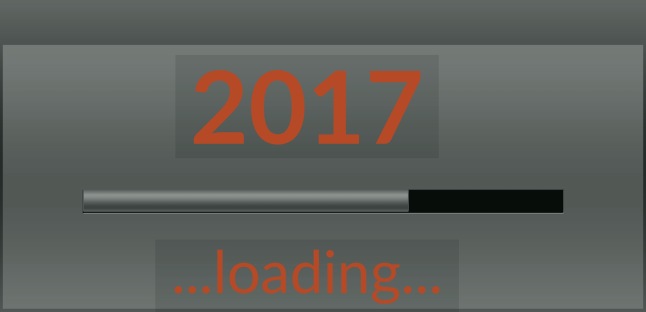
“What you measure gets improved!” This is the slogan I hear almost every time I’m in the locker room of my fitness club. Attributed to great thinkers like Lord Kelvin and Peter Drucker, it’s a reminder about setting SMART goals that will help you reach the results you want. Remember that “M” stands for measurable! We use numerical goals that help us measure, compare, motivate and improve. In fact, participants in a recent FitFluential Twitter chat agreed that seeing numbers (calories burned, heart rate, etc.) improves their motivation as they can track their progress. In contrast, an Outside magazine article on fitness myths maintains that tracking metrics doesn’t necessarily lead to improving speed or achieving goals. Our rational brain relates better to numbers. Yet a pre-occupation with numbers gives our emotional brain free reign to react impulsively! There are also factors that we can’t quantify; yet they are as crucial in reaching your desired results.
Next time you are about to set some numerical goals, ask yourself these questions.
Are numbers all that matter? In the age of big data, portable monitoring devices and apps, we are all obsessed with measurements. Yet this obsession doesn’t always lead to the successes we are trying to achieve. Robert Plant maintains that access to big data is useless if you ignore small and simple things, like customer service. In retail, the measurement of choice is conversion rates -the ratio of sales by the number of people entering the store – an inducator of sales but not necessarily customer satisfaction and loyalty. Zara, one of the new icons of retail, has capitalized on customer preferences to improve sales and thus the conversion rate. Customer preference, based on actual sales data drives inventory to ensure that each customer trip results in sales because items they are looking for are available.
In the absence of numerical goals, we are still able to make strides. As a personal trainer, I talk to people about their fitness goals on a daily basis. Most older adults I meet have a very similar response. An hour on the stationary bike or going to agroup exercise class is all they want to do. To this age group, being able to do a 200 Ib bench press or 100 squats is meaningless.
What do numbers actually mean? Measurements have to make impactful sense. Some measurements, such as the number of words in a book or the weight of a television set, don’t reflect the qualities you are looking for. Probably the best example of tracking numbers that may not reflect accomplishments is in sports. NFL quarterback Brett Favre set records throwing for over 70,000 yards, over 6,000 completions, and over 10,000 pass attempts, yet he had a single Super Bowl victory (Super Bowl XXXI) over the course of his 16-seasons career with the Green Bay Packers. Lakers’ Kobe Bryant, one of NBA favorites and league leaders, broke the record of missed shots in 2014.
Will these numbers lead to results? I had a few numerical goals last year – some self-imposed; some developed by others. I don’t disagree that having a number helped me focus on a target. Yet, by its own shear force, it wasn’t sufficient to get the intended result. Where I believed in the reasonableness of the number or could figure a way to reach it, I was successful. Where I doubted the achievability of the number in light of facts I knew, the number didn’t help me in pushing forward.
What do numerical goals feel like? We often associate certain significance to numbers based on our experiences. My early education exposed me to three different scoring systems, leading to my association of dual meaning of excellence and failure to number 1.
Another way we relate to numbers is through visuals and imagery. Visualization is a powerful tool that sports psychologists and coaches often use in training athletes, especially to help them overcome their emotional barriers after a setback. It can also be a powerful tool in accomplishing quantifiable goals. When embarking on a business venture recently, I worked on some metrics and timelines. It wasn’t until I developed a picture of what success looks like to me that I was able to really focus on my goals. The visual helped me rethink the numbers, giving them some emotional significance.
Need help making sense of your numerical goals? Contact me at roshi@fitpaths.com.
 Many of us begin every new year with resolutions – a list of goals to kick off the year with hope and inspiration. Some of the goals are just too lofty to achieve; others are part of a wishlist that remains the same year after year. How many of us close each year with resolutions? I’m talking about what we want to accomplish before January 1!
Many of us begin every new year with resolutions – a list of goals to kick off the year with hope and inspiration. Some of the goals are just too lofty to achieve; others are part of a wishlist that remains the same year after year. How many of us close each year with resolutions? I’m talking about what we want to accomplish before January 1!
